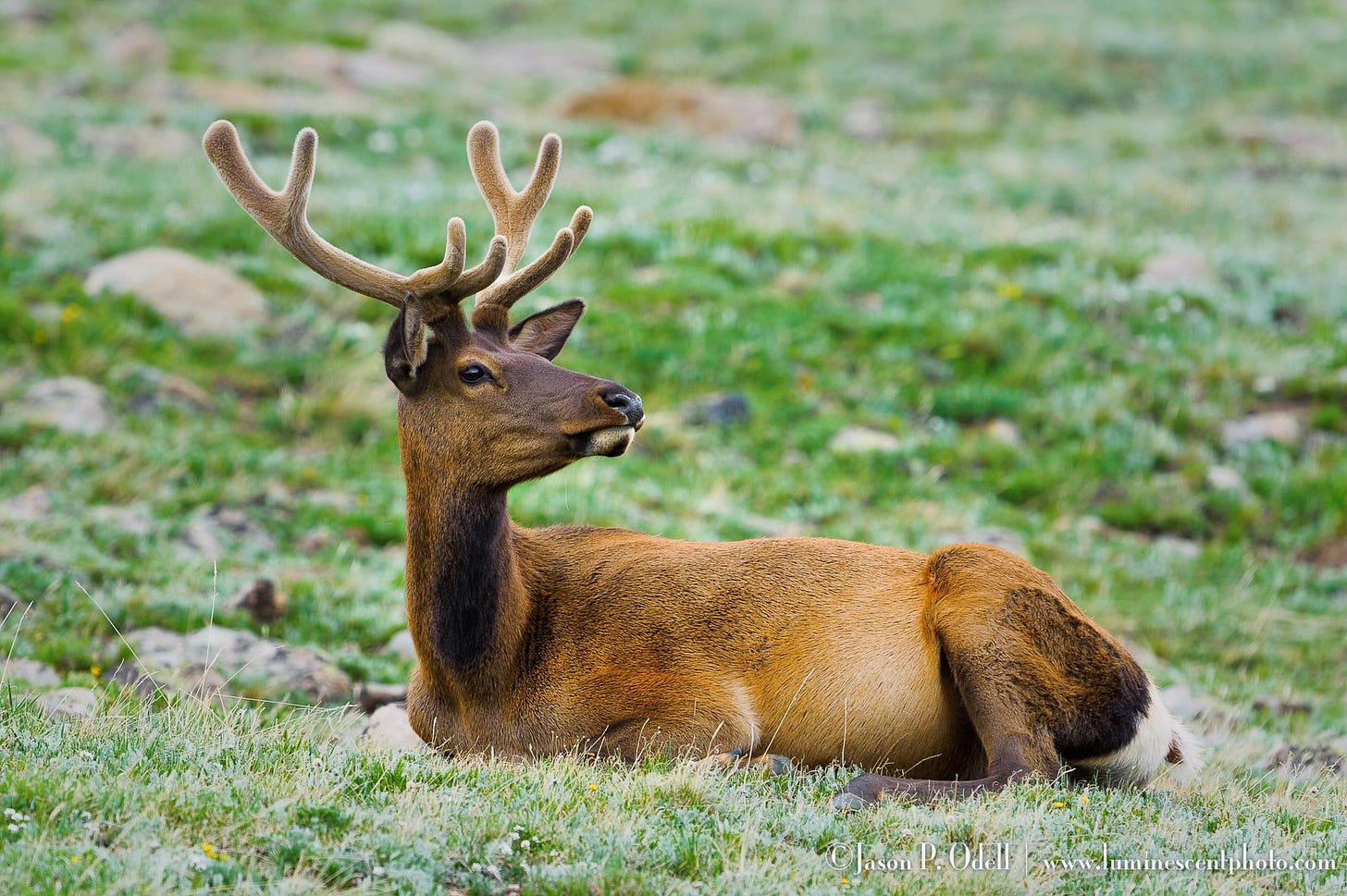I Don't Care About Megapixels Anymore
The features I really find important in choosing a digital camera
Remember the megapixel race? It seemed like every manufacturer was trying to outpace the competition by putting more and more pixels into their sensors. As a Nikon shooter, I was painfully aware that, until the D3x was announced (with a nearly $8000 pricetag), most Nikon DSLRs topped out at 12 megapixels, while other brands were adding pixels and increasing their sensors from APS-C to 35mm “full frame.” It’s alright, though; pretty much all the manufacturers caught up with each other. The thought of megapixels then turned to dynamic range and high ISO noise (or lack thereof).
I’ve shot 12, 14, 20, 24, 36, and 45-megapixel cameras, and just for fun I will sometimes go back to my old Nikon raw files captured with a “mere” 12-megapixels. You know what? The files still look good. Sure, my 45-megapixel captures are wonderful to zoom into, and have more dynamic range, but those old files are still good, and a good photo is a good photo, no matter what camera you may have used to capture it with.
My iPhone has a 48-megapixel camera. Yep, I can get some pretty big files from it. But once I zoom in and look at the photos closely, I don’t see the kind of detail fidelity that I got using lower resolution DSLRs and mirrorless cameras. Lenses still matter. Pixel size still matters. But given all this, I can comfortably say that any interchangeable lens camera in the 20-24 megapixel range is going to do a great job, especially if it’s using a modern sensor design. These sensors do a great job with dynamic range and noise control, and when paired with modern processing tools, the image quality is outstanding. As much as I enjoy zooming in to 100% on my screen and seeing all kinds of crazy details in my shots, most of those details go unnoticed when I share images online. Resolution can make a difference with cropping and printing, but even then 20-24MP images hold up.

The Features I Really Look For in a Camera
Given that most cameras are at least 20+ megapixels and have good sensors, what are the features that I want in a camera that make a difference to me?
Stacked sensors: Allow fast shooting rates using a completely silent electronic shutter
Sensor format: Not everything requires a full-frame sensor anymore, despite what you may have heard. All of today’s sensors are quite good, and there are pros and cons to each format. Smaller formats (APS-C and 4/3rds) mean extra reach with smaller lenses, and that can be ideal for travel and wildlife shooting. Larger sensors offer (potentially) more dynamic range and shallower depth of field, but the lenses can get quite large.
A good electronic viewfinder (EVF): Makes for a better shooting experience, especially if there’s a good frame refresh rate and high pixel count.
Control layout and ergonomics: The camera should feel good in the hand, and I want to be able to reach the function buttons easily. Control dials matter, too. While “retro” dials are great for casual/street subjects, action photography is better when you have front and rear dials that allow you to quickly adjust exposure settings. I also prefer a camera with some sort of front grip to make handling large lenses easier; bonus points if you can install a vertical grip for using big telephotos for action/wildlife photography.
Programmable function buttons: I like to have certain functions at my fingertips when shooting so I can quickly make tweaks to frame rate, focus modes, and more. Function buttons make this possible.
Subject-detect AF: Even if you don’t use it all the time, having subject-detection AF in the camera makes photographing people, animals, and vehicles much easier, especially when they’re moving. The fact that a camera can automatically detect and focus precisely on the subject’s eye is a massive technology jump.
Object-tracking AF: This mode is available in some cameras and allows you to track a subject that isn’t on the list of “detectable” ones. It’s also a great way to keep focusing on a static subject while recomposing the shot. Nikon calls this mode 3D-tracking, and it’s often overlooked but very powerful.
Tilting rear LCD panel: The best ones will tilt up or down, and even sideways for portrait-orientation shooting. Flip-out/twist LCDs are okay but not my personal favorite.
Overall size and weight: I absolutely loved my Nikon Z9, but at 3 lbs. (before adding a lens), it was not fun to travel with.
Lens lineup and the system as a whole: Look, the camera is only one part of your kit, and they do get improved upon every few years. Lenses, however, can last (seemingly) forever. If the system has a lineup of lenses that fit your shooting needs, then that’s an important consideration. Do you want big telephoto lenses, or do you want small travel zooms? What about primes lenses? How much are you willing to carry around in your bag?
While these features are important to me, it’s up to the individual photographer to determine which ones are critical and which ones can be a compromise. For example, my current camera, the OM System OM-1 Mk II, doesn’t have a tilt LCD screen and its object-tracking AF could be better. But those are features I’m willing to compromise on because the camera checks all the right ergonomic boxes and has a lens lineup that absolutely fits my needs. The 21st century photographer has a lot of choices, and they are all quite good!




